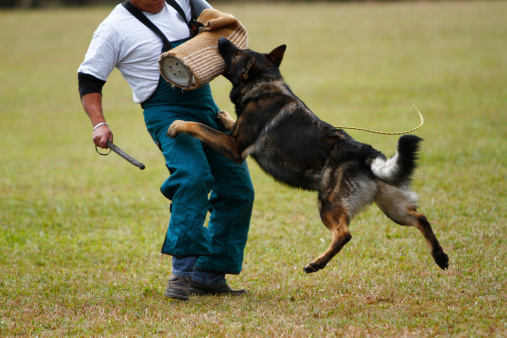A certain set of strokes must be used to massage your dog’s luxating patella without actually touching the kneecap.
Your dog is suffering from a dislocated kneecap if his or her patella is luxating. The kneecap could occasionally reposition itself.
Surgery may be necessary in more severe instances to protect the knee from slipping. The word “slipped kneecap” in medical terminology is “luxating patella.”
This article will discuss some safe techniques for massaging your dog in a way that improves recovery, stimulates blood flow to the injured knee, and calms your dog.
A veterinarian or other expert in animal health care is the finest source of suggestions for luxating patella dog massage.
Best Pain Relief for a Luxating Patella
One option to aid your dog’s recovery is to use the luxating patella dog massage treatments. Although it’s a useful talent to have, your dog surely needs other things as well.
Once the kneecap has been repositioned, you must keep it from falling out of its groove once more.
Giving your dog strong support around the kneecap is the finest thing you can do for them.
You need a device that is both sturdy and flexible enough to allow for some range of motion.
Luxating Patella Dog Massage Tips and Tricks
Only after being demonstrated how to do it by a veterinarian or canine massage therapist should you massage your dog’s luxating patella.
The following procedures should not be used on a dog that has had a significant kneecap injury. Be very watchful and aware of how your dog responds. When an animal shows symptoms of distress, such as flinching, backing away, snarling, or whimpering, it is your cue to STOP.
Sit down with your dog in a calm, comfortable setting as your initial action.
Instead of going straight for the knee, I prefer to calmly pet my dog in long, slow motions from the tip of the head down the back. Here are a few steps to get into it:
1) Make sure you’re in a quiet location without other animals around.
2) Sit quietly with your dog until he/she is fully relaxed.
3) I start with regular patting in long, easy strokes. Once I see my dog is okay with this, I gradually increase the pressure. Not too much!
4) Once my dog’s head is down and I can see she’s fully relaxed, I gently but firmly encircle the top of each leg (the healthy legs first) and rub from the top, down towards each kneecap, but not on the kneecap.
5) Never apply a lot of pressure directly on the kneecap or any joint.
6) If your dog is not flinching or showing other signs of pain, use your thumbs and press firmly (but not too hard) on the outside of your dog’s leg starting from the top.
7) Firmly but carefully slide your thumbs down and be sure to stop before you get to the kneecap. Repeat as long as your dog isn’t showing any signs of pain. This action is meant to bring blood flow to the knee.




